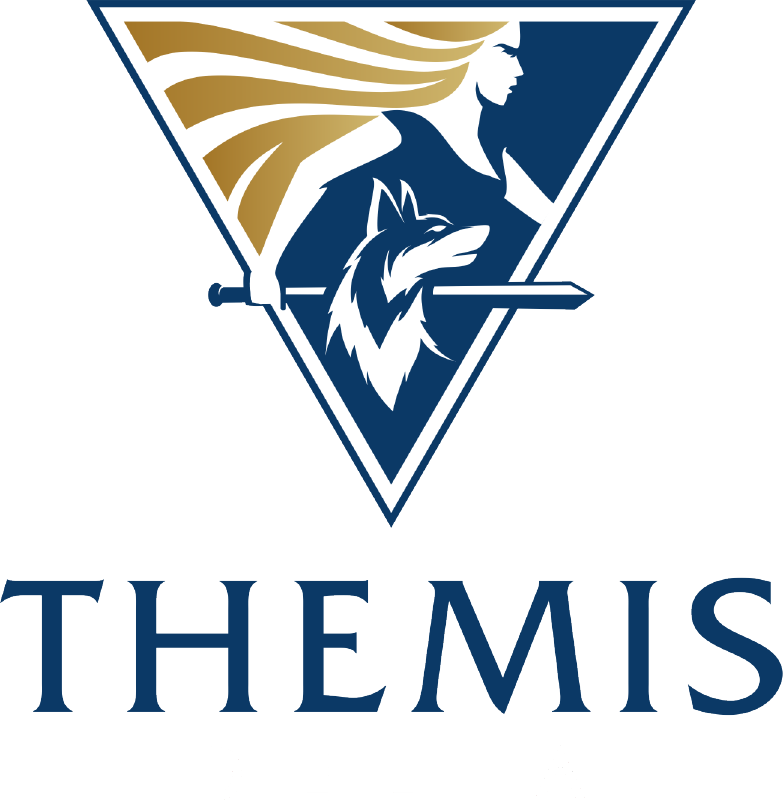Personal protection dogs are specially trained canines that provide security and companionship to their owners. These dogs possess a unique combination of intelligence, loyalty, and protective instincts, making them invaluable assets for personal safety.
Roles of Personal Protection Dogs
Personal protection dogs are trained to perform various tasks to ensure the safety and well-being of their handlers. Ten typical roles of a protection dog include:
- Deterrence: Their presence alone can discourage potential threats.
- Alerting: Barking to notify owners of intruders or unusual activities.
- Physical defence: Engaging and restraining intruders when necessary.
- Escorting: Accompanying owners in potentially dangerous situations.
- Home Security: Patrolling property to detect and deter trespassers.
- Search and Rescue: Locating missing persons in various terrains.
- Crowd Control: Managing and directing groups of people.
- Detection Work: Identifying specific scents, such as explosives or narcotics.
- Fetching Assistance: Retrieving help in emergencies.
- Vehicle Defence: Defend and deter threats in car-jacking scenarios.
Top 10 Breeds for Personal Protection
Here are ten breeds renowned for their protective qualities:
- German Shepherd
- Intelligent and versatile, often employed in police and military roles.
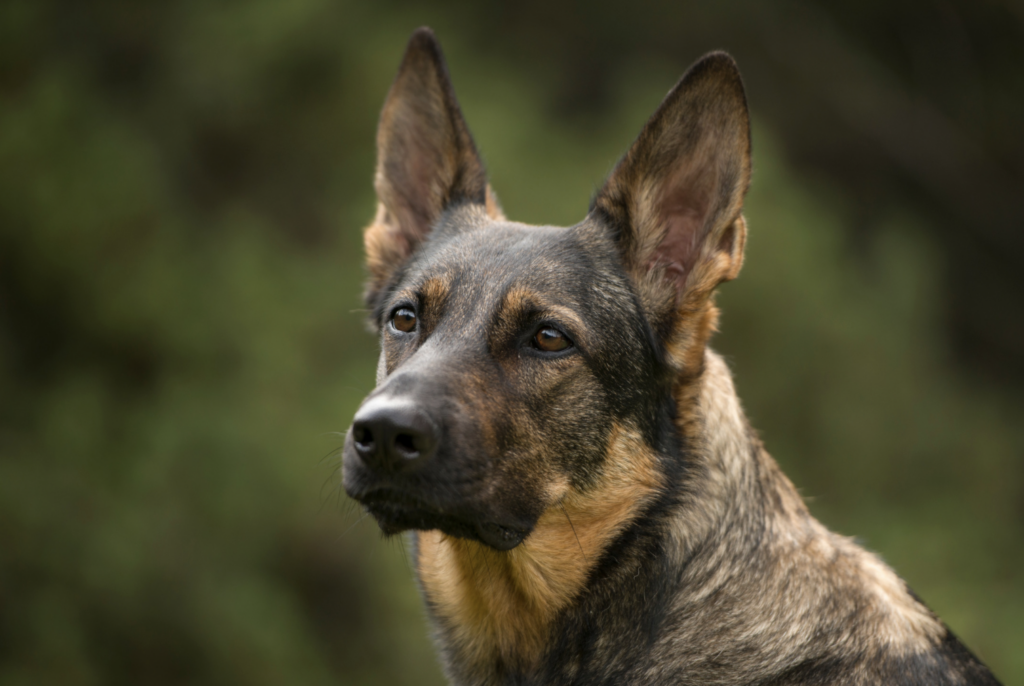
- Belgian Malinois
- Agile and energetic, excelling in tasks requiring endurance.

- Rottweiler
- Strong and confident, known for their loyalty and protective nature.
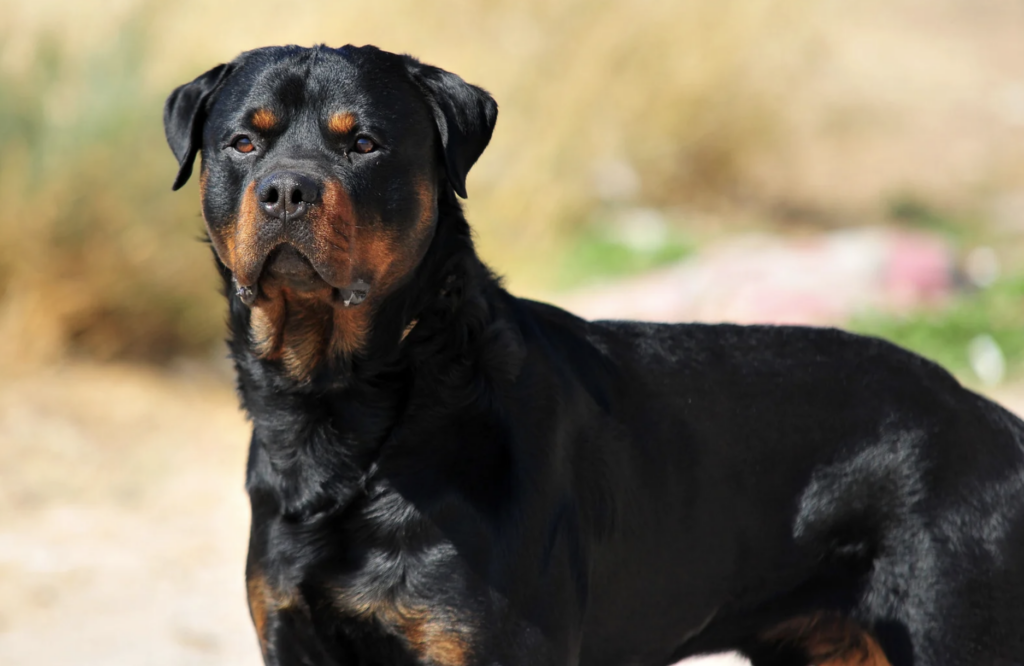
- Doberman Pinscher
- Sleek and alert, combining speed with a keen protective instinct.
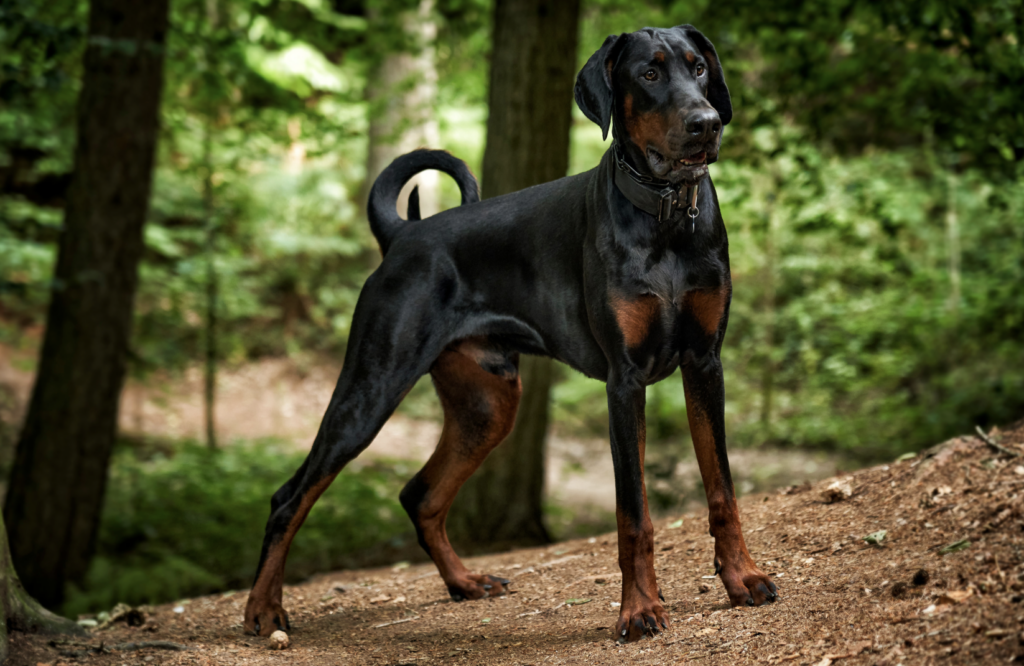
- Bullmastiff
- Powerful and courageous, originally bred to guard estates.
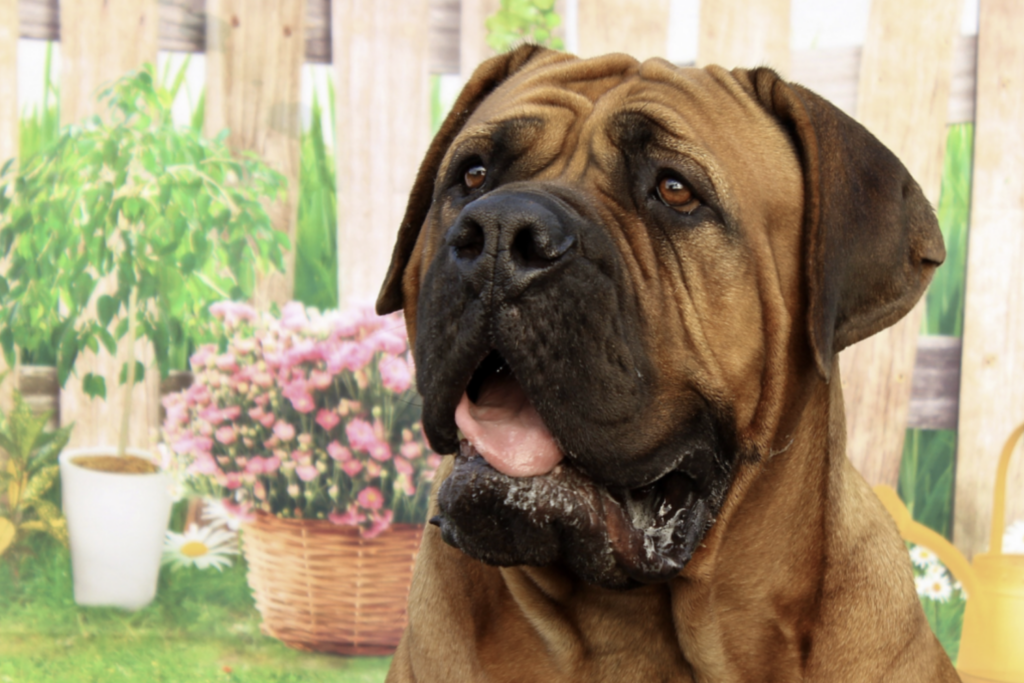
- Giant Schnauzer
- Robust and intelligent, excelling in guard duties.
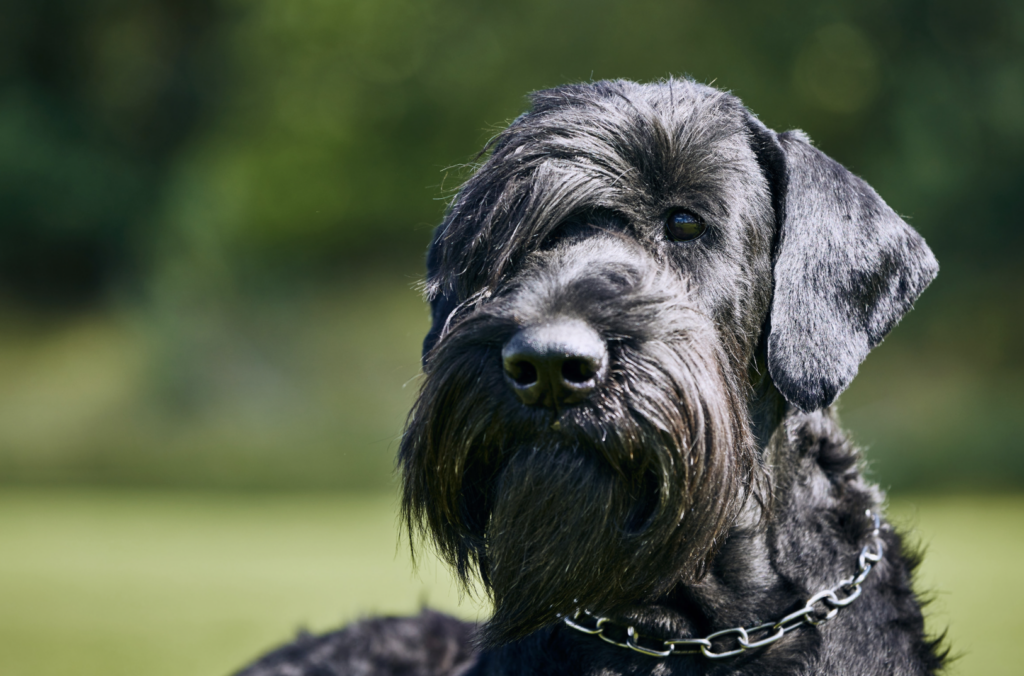
- Akita Inu
- Dignified and courageous, with a strong protective instinct.

- Cane Corso
- Majestic and muscular, known for their guarding abilities.
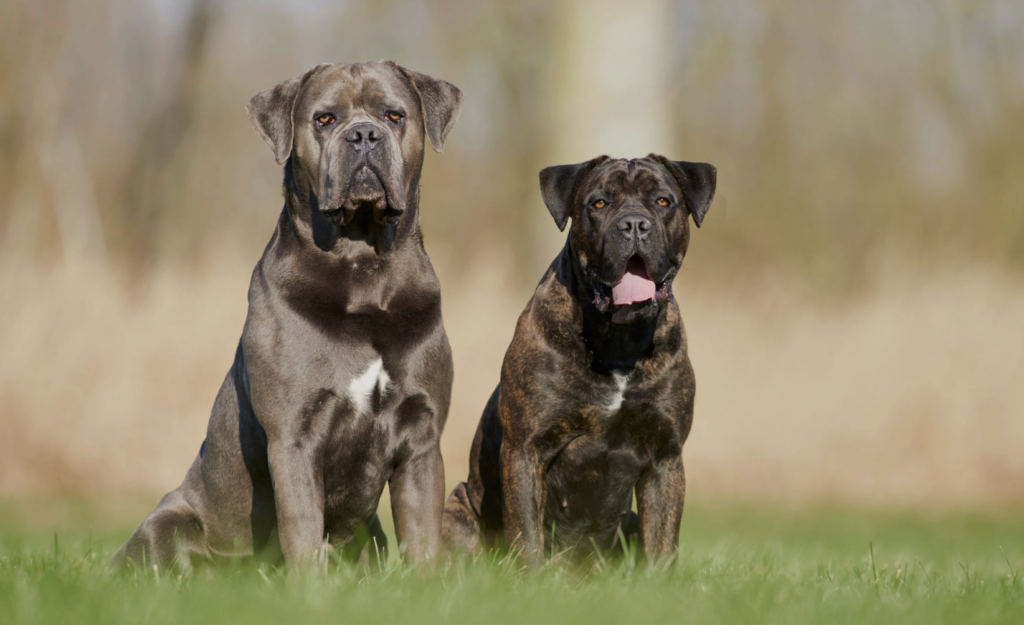
Preferences for Protection Dog Breeds Around the World
Preferences for protection dog breeds vary by region:
- United Kingdom: German Shepherds and Belgian Malinois are favoured for their versatility and trainability.
- United States: Rottweilers and Doberman Pinschers are popular choices due to their protective nature and loyalty.
- Europe: The Cane Corso, Belgian Malinois and German Shepherd are commonly selected for personal and property protection.
- China: The Tibetan Mastiff, known for its imposing size and protective instincts, is a traditional choice.
- Japan: The Akita Inu is esteemed for its loyalty and bravery.
- India: Rajapalayam and Kombai breeds are indigenous choices valued for their guarding capabilities.
- Pakistan: The Bully Kutta is a working dog used for hunting and guarding.
- Australia: Australian Cattle Dogs and German Shepherds are preferred for their agility and alertness.
- South Africa: The Boerboel, a native breed, is renowned for its protective nature and strength.
Selecting the right personal protection dog involves considering the breed’s characteristics, the owner’s lifestyle, and the specific security needs. Proper training and socialisation are essential to ensure these dogs are effective protectors and loving companions.
While breed plays a significant role in determining a dog’s potential as a personal protection animal, it is not the sole factor. The effectiveness of a protection dog depends on genetics, temperament, and extensive training rather than just the breed itself.
Genetics: The Foundation of a Protection Dog
Even within a breed known for protection, not every dog has the right temperament or ability. Genetics influences essential qualities needed for a protection dog.
- Drive and Nerve Strength: Some dogs naturally have stronger protective instincts and resilience to stress.
- Confidence and Stability: A good protection dog must be confident but not overly aggressive or fearful.
- Intelligence and Trainability: Certain bloodlines within a breed produce more intelligent and responsive dogs.
Example: In German Shepherds, bloodlines bred for working roles (e.g., Schutzhund or police work) have better natural protective instincts than show-line German Shepherds bred mainly for appearance.
The Lengthy Process of Specialised Protection Dog Training
Training a personal protection dog is not as simple as teaching basic obedience or encouraging aggression. The process can take months or even years and involves several key phases:
1. Selection & Early Socialisation
- Puppies are tested for confidence, nerves, and problem-solving skills from a young age.
- They are exposed to different environments, people, and controlled stress situations.
2. Obedience Training
- The dog must be able to follow commands instantly under any circumstances.
- Commands like sit, stay, heel, down, and recall must be executed reliably even with distractions.
3. Controlled Protection Training
- Dogs are taught to assess threats and act accordingly rather than reacting with uncontrolled aggression.
- Bite training is introduced in a controlled way to ensure proper targeting and release on command.
4. Advanced Threat Assessment
- Dogs learn to differentiate between real threats and harmless situations (e.g., a postman vs. an intruder).
- Training includes real-life scenarios such as home invasions, carjackings, or physical attacks.
5. Handler Bonding & Maintenance Training
- A protection dog must have a strong bond with its owner to work effectively.
- Regular training sessions maintain the dog’s skills and ensure they remain under control.
Why Proper Training Matters for a Protection Dog
An untrained or improperly trained protection dog can be a liability rather than an asset. Without the right training:
- A dog might bite without cause, leading to legal consequences.
- It could fail to act in a real emergency due to poor conditioning.
- It might become overly fearful or aggressive, creating a dangerous situation for its owner and others.
Conclusion
Making a personal protection dog is a combination of genetics, temperament, and extensive training. While certain breeds are more suitable, the best protection dogs come from selective breeding, professional training, and ongoing reinforcement to ensure they are reliable guardians and companions.

